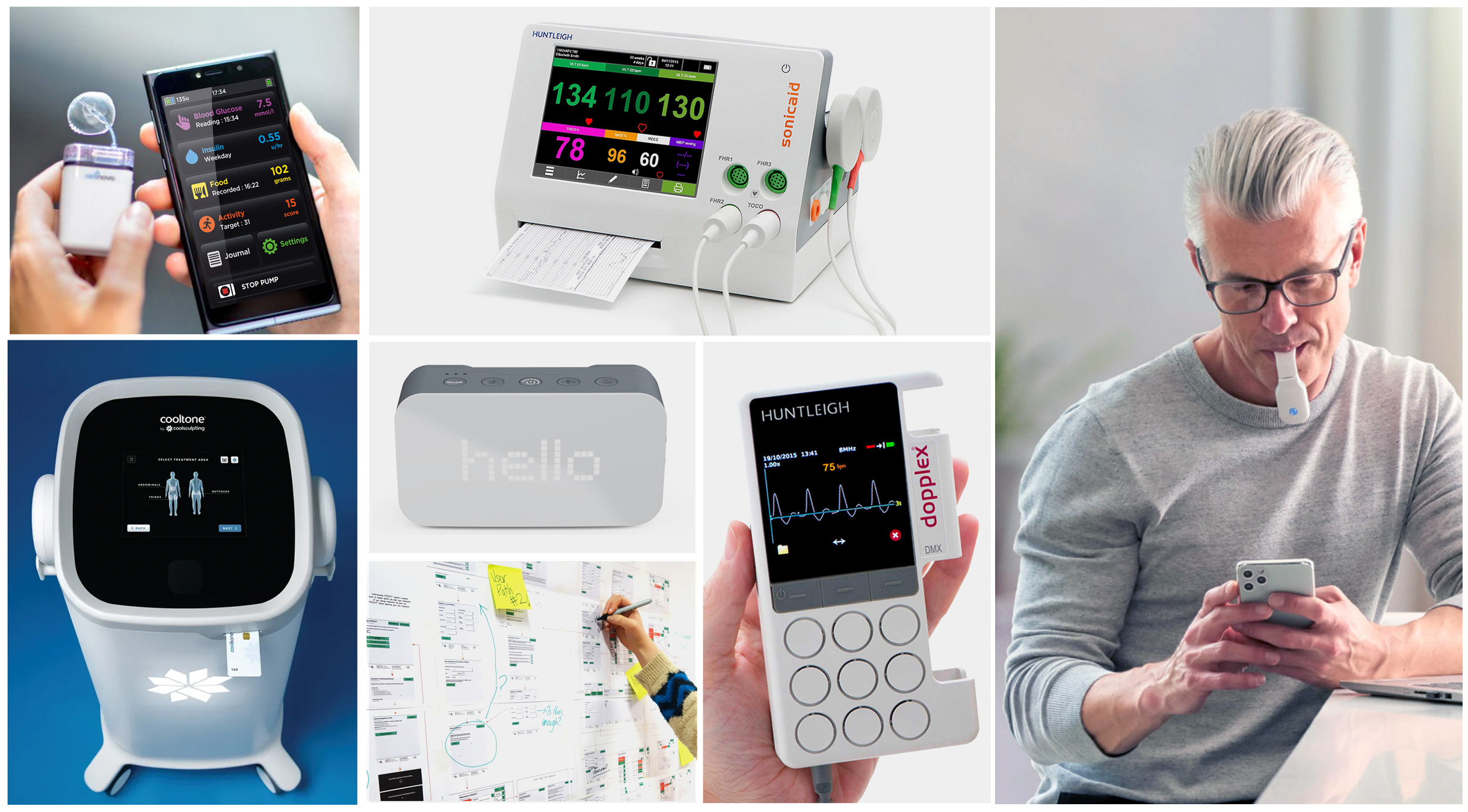Our approach to improving inherited UI design-related issues
In a previous article, we explored how to get a graphical user interface (GUI) design right from the very beginning of a project. This time we sit with Cat Taylor, our User-Centred Design Specialist as we delve deeper into the world of user interface (UI) design by exploring its meaning, and the differences between effective and ineffective UI designs, as well as sharing the PDR approach on how to improve inherited UI design-related issues.
“A user interface is the part of a system, a product or a service where the user interacts with some kind of computer, that could be a website, an application or a screen on a physical product. User interfaces are an integral part of most things you interact with nowadays, whether you're trying to achieve a task or access a service, you'll usually interact with some type of UI. Designing them is a balance between style and functionality. The goal of an effective UI is to make the user's experience as easy and as intuitive as possible so that it requires minimum effort on the user's part to receive the maximum desired outcome,” explains Cat.
So, what would make an ineffective UI design? “If it's aesthetically pleasing, but you can't work out how to actually access the information that you need, then it's not an adequate UI. The interface needs to be easy enough to navigate for both beginners and proficient users who might want to access all of the bells and whistles that go on in the background, simultaneously someone who has never used the interface before would also be able to easily navigate their way through it.” In a nutshell - a good UI should be visually pleasing and easy enough to navigate for both beginners and experienced users.
What happens when we inherit something with an ineffective UI? Cat says “When it comes to UI development, the issues can arise depending on the UI’s function. They could be quite different depending on whether it's a website, an application or a physical product.” This means that there is no one-size-fits-all solution but there is one thing all projects have in common. “Whether we are looking to help a client design a new feature within an existing interface, or whether it's a complete revamp of a current UI, we would still look to fully understand the use cases as the most crucial part is understanding what the user needs from the interface.”
The only way to understand if a UI design is performing well is by obtaining user feedback, this is done through continuous testing, and the most appropriate method of testing is determined by the type of interface we’re working with. “If we are designing a new section or feature of a client's website, for example, we could do structured usability testing of the new features specifically. And that would be done most likely with prospective users or people that they know would access their website already. We would construct specific tasks and have a prototype of the webpage that they could then perform these tasks on. That could be done both in person or remotely. We've adopted this approach when working alongside the Principality Building Society to develop the human-centred approach to digital banking. By working closely with their in-house design team, we were able to turn the findings from the testing into clear and actionable usability reports that they can then take away and reassess. And it could be that some of the findings that we've established from those specific tests, might be transferable across wider parts of their existing website.”
Learn more about PDR’s work, or to discuss an idea, contact us.

